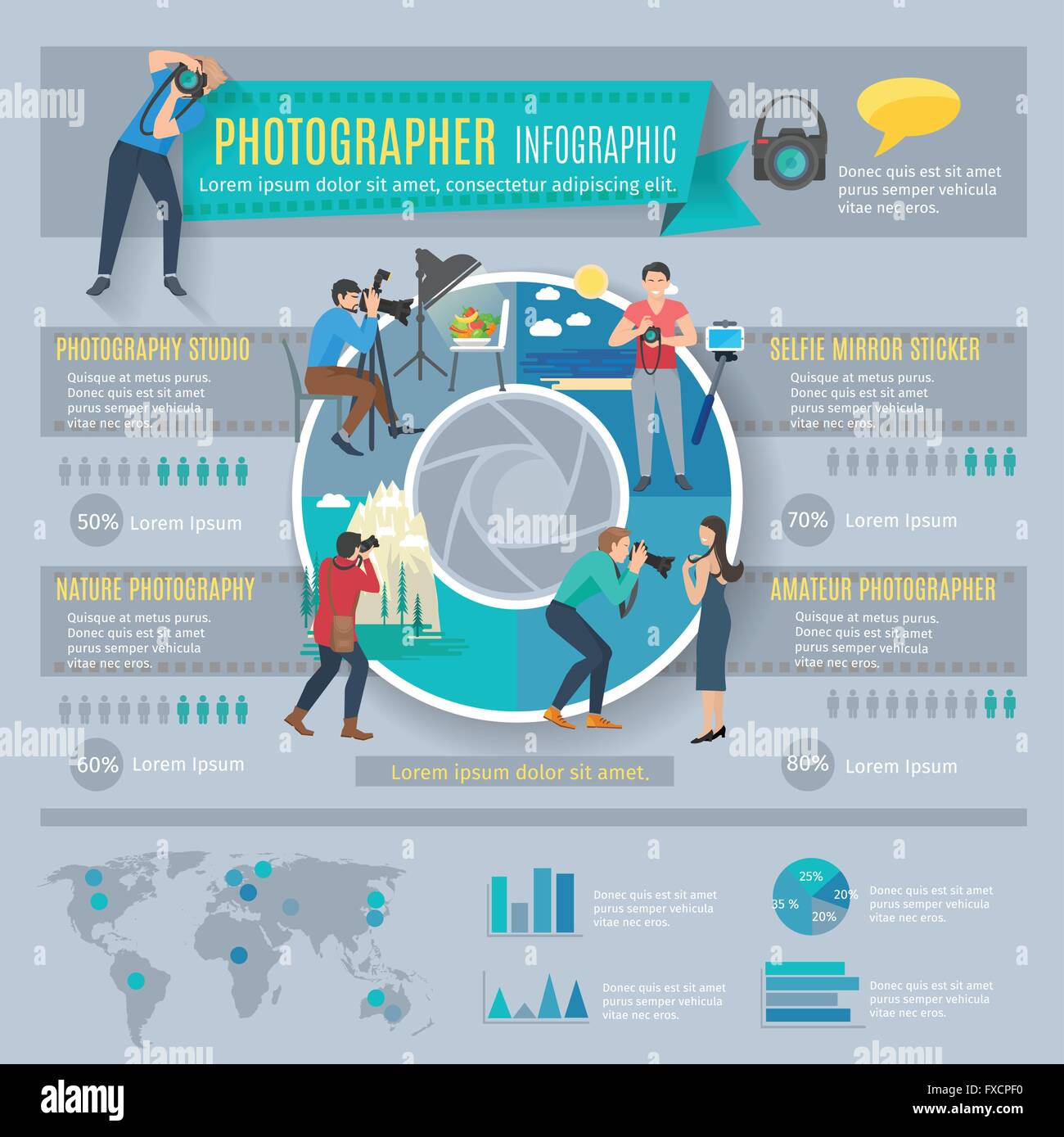What Every Photographer Must Find Out About Lighting
What Every Photographer Must Find Out About Lighting
Blog Article
Composed By-Hinson Fraser
As a professional photographer, you know that illumination can make or damage your pictures. Recognizing the subtleties of both natural and artificial light is important for catching the mood and clearness you aim for in your work. Whether you're chasing the best gold hour radiance or adjust your fabricated setups, grasping these components can boost your photography considerably. Yet there are common challenges that many ignore, and recognizing them can change your technique to every shoot. Let's discover what you may be missing out on and how it can affect your outcomes.
Comprehending Natural Light
Recognizing natural light is crucial for any kind of professional photographer looking to boost their work. use this link 's the structure of great photography, affecting state of mind, tone, and clearness. When you fire outdoors, focus on the moment of day. The gold hour-- shortly after sunup and before sundown-- uses soft, cozy light that can change common scenes into sensational pictures.
Do not underestimate the power of cloudy days. Cloud cover diffuses sunshine, developing a soft, also light that's perfect for portraits and macro photography. You'll find colors appear this type of illumination without severe darkness.
Positioning issues, as well. Constantly consider your topic's positioning to the light source. If the sunlight's behind your subject, you might wind up with a silhouette, which can be dramatic but mightn't be what you want. Alternatively, straight sunshine can develop unflattering darkness.
Try out angles; often, changing your viewpoint can produce outstanding results. Use all-natural reflectors, like water or sand, to jump light onto your topic, adding measurement.
Learning Artificial Light
Understanding fabricated light is crucial for professional photographers that intend to take their abilities to the following degree. Whether you're using speedlights, studio strobes, or constant lights, recognizing how to adjust these resources can drastically improve your images.
Start by https://postheaven.net/olene3ernie/learn-exactly-how-to-select-the-excellent-video-camera-customized-to-your with the fundamentals of light high quality, direction, and shade temperature. Trying out different modifiers like softboxes, umbrellas, or grids to regulate the softness or harshness of the light.
You'll discover that soft light usually creates flattering outcomes, while harsher light can add drama and deepness. Do not shy away from shadows; they can enhance the three-dimensionality of your subjects.
Pay attention to the placement of your lights. A light located as well near to your subject can produce unflattering results, while also far can result in an absence of information. Make use of a light meter or your electronic camera's pie chart to ensure you're subjecting appropriately.
Finally, keep in mind that synthetic light can be mixed with ambient light for innovative impacts. Stabilizing these sources could take method, but once you master it, your digital photography will really radiate.
Strategies for Different Scenarios
When you enter various capturing scenarios, adjusting your lighting techniques is crucial for recording the very best photos. For exterior pictures, use the gold hour-- early morning or late afternoon light-- to soften shadows and improve skin tones.
If it's a rough midday sunlight, consider making use of a reflector to jump light back onto your topic or look for shaded locations for a more also exposure.
In low-light scenarios, like indoor events, enhance your ISO and utilize a large aperture to allow in even more light. A tripod can aid eliminate cam shake, enabling longer direct exposures without blurring.
If you're contending evening, experiment with off-camera flash to develop dynamic lighting and depth in your pictures.
For https://zenwriting.net/amber91marine/just-how-to-pick-the-right-camera-for-your-digital-photography-demands , make use of diffused lights to stay clear of harsh representations. Softboxes or light outdoors tents can aid attain this effect.
When photographing landscapes, think about the instructions of light and time of day, as it can substantially alter the mood of your shot.
Always prepare to change your setups and placing based on the circumstance, as flexibility is essential to understanding illumination in digital photography.
Verdict
In conclusion, grasping lighting is essential to elevating your digital photography skills. Embrace all-natural light's charm during gold hour, and don't avoid explore man-made light strategies. By adjusting your strategy to different scenarios, you'll record sensational pictures that reverberate with emotion and clarity. Bear in mind, the appropriate lighting can change an average shot into something extraordinary, so maintain exercising and fine-tuning your understanding of both natural and artificial light. Happy shooting!
